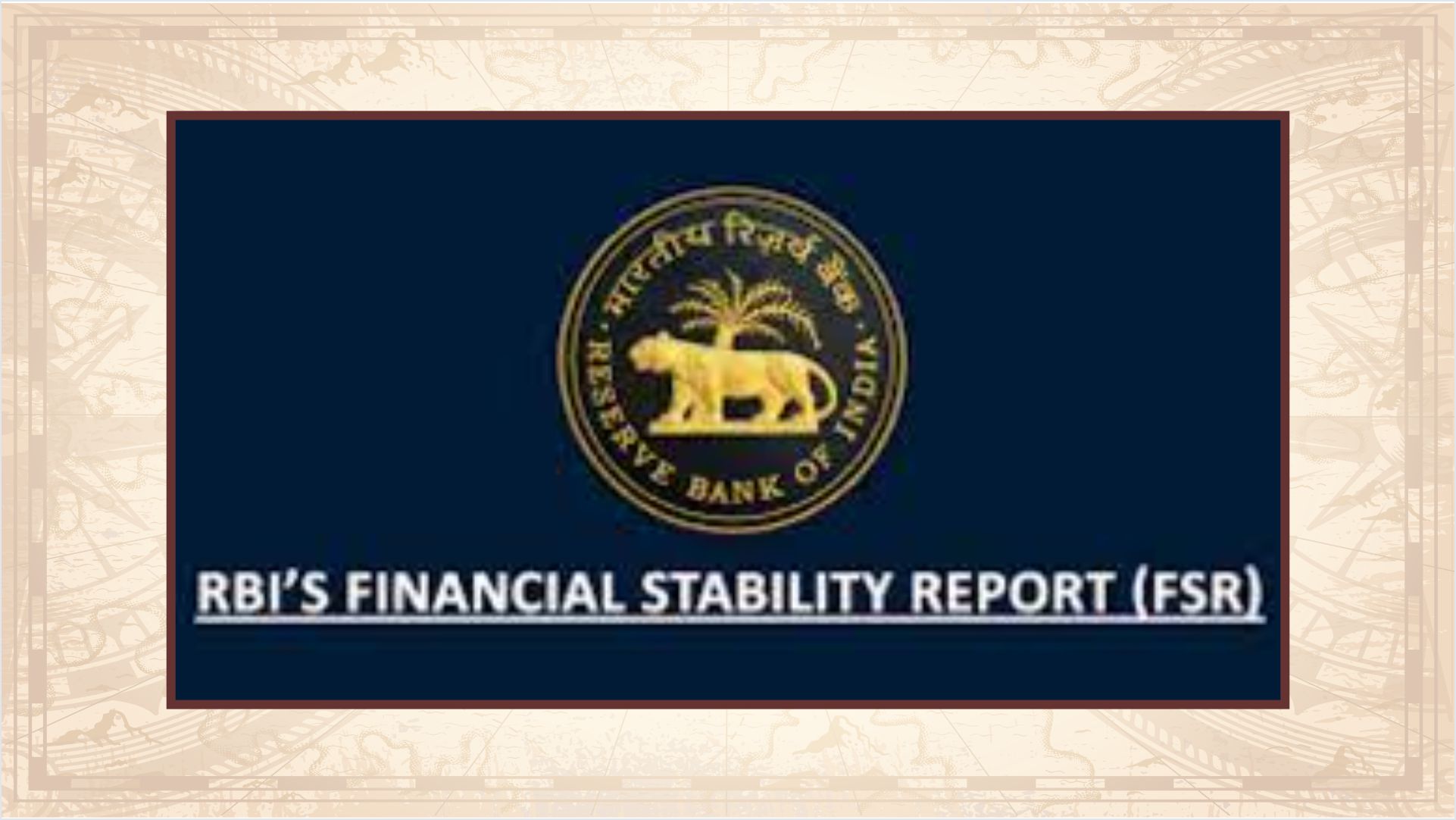Introduction:
In its latest Financial Stability Report (FSR), the Reserve Bank of India (RBI) sheds light on the rapid expansion of the retail credit segment, raising concerns about the pro cyclicality of lending and heightened debt servicing costs. While there are no immediate signs of stress, the report emphasizes the need for vigilance, especially given the impressive compound annual growth rate (CAGR) of 25.5% in retail loans between September 2021 and September 2023.
Pro cyclicality and Rapid Growth:
The term “pro cyclicality” refers to the inclination to overestimate future risks in times of crisis and underestimate them during normal periods. The report highlights the potential risks arising from the significant growth in retail loans amidst a disinflationary monetary policy stance. This growth, exceeding the headline credit growth, suggests a need for careful monitoring to prevent adverse consequences in the future.
Asset Quality Improvements:
Despite the robust growth in retail lending, the FSR provides a silver lining by indicating improvements in asset quality. The Gross Non-Performing Assets (GNPA) ratio for total retail advances decreased to 1.6% in September 2023 from 2% in September 2022. This positive trend suggests that the underlying asset quality remains resilient even as the sector expands.
Co-Lending Risks and Regulatory Measures:
The report underscores the rising interconnectedness between banks and non-banking financial companies (NBFCs) in various co-lending models. Divergent underwriting practices and increasing interconnectedness pose risks that require proactive regulatory measures. The RBI has responded by implementing measures such as raising risk weights on certain segments of consumer credit, aiming to strike a balance between financial stability and availability of funds for economic growth.
Impact on Capital Adequacy:
The FSR outlines stress test results, indicating that scheduled commercial banks (SCBs) are well-capitalized to absorb macroeconomic shocks. However, concerns arise regarding the potential decline in the capital-to-risk-weighted-assets ratio (CRAR). The central bank estimates a decline from 16.6% in September 2023 to 14.8% by September 2024 under the baseline scenario. While the CRAR remains above the minimum capital requirements, it highlights the need for continuous monitoring in the evolving economic landscape.
Conclusion:
In conclusion, the RBI’s Financial Stability Report serves as a crucial barometer for the health of the retail credit segment in India. The report highlights the delicate balance between fostering economic growth through increased lending and ensuring the stability of the financial system. The positive trends in asset quality, coupled with proactive regulatory measures, instill confidence in the sector’s resilience. However, the cautionary notes regarding pro cyclicality and potential impacts on capital adequacy underscore the need for continued vigilance and adaptive regulatory measures to sustain a robust and stable financial ecosystem.
